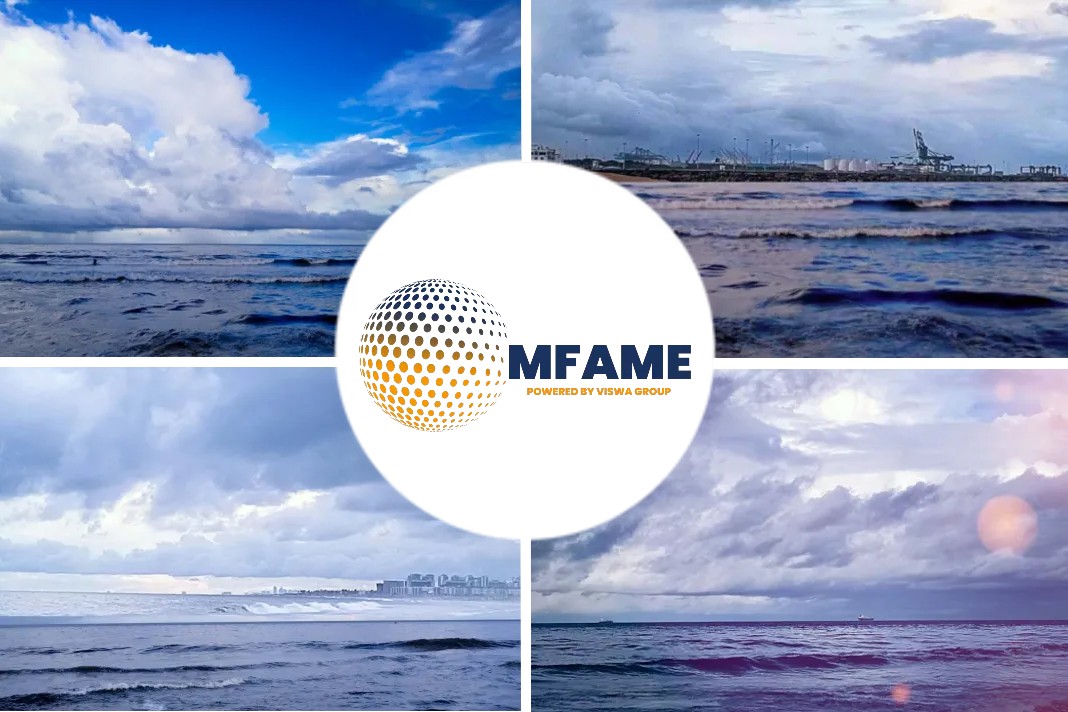- Having a full picture of vessel performance, meteorological and ocean conditions is vital for voyage optimization.
- Voyage optimization is dynamic and could be updated through a voyage.
- Voyage optimization depends on what the operator needs from the voyage, meeting specific charterer requirements, or whether there is flexibility in the route.
- Other factors in finding the profit speed is how the ship performs in different weather and ocean conditions.
Having a full picture of vessel performance, meteorological and ocean conditions is vital for voyage optimization, writes Martyn Wingrove for Riviera Maritime Media.
Voyage planning service
Many different aspects of operations need to be included in a complete voyage planning service. It is not enough just to know the voyage distance and bunker costs, said Coach Solutions sales manager Ulla Knudsen.
“There are many parameters we need to consider to achieve the optimal route,” she said during Riviera Maritime Media’s ‘Voyage planning for maximum vessel efficiency’ webinar.
It depends on what the operator needs from the voyage, whether it is to meet specific charterer requirements, or whether there is flexibility in the route. It is not just about weather routeing.
As Ms Knudsen suggested, it could be “maintaining the highest earnings or the maximum profit from the voyage”. This must be within safety parameters, “as the highest priority should be the safety of the crew, vessel and cargo”.
Looking beyond safety, operators need optimal routes to maximise profits per voyage. “This is a balance between time and cost,” said Ms Knudsen. “If the speed is increased, this will cost extra in bunkers.”
But there may be reasons to sail at higher speeds than the optimum; faster voyages could have a positive impact on overall company profits.
“Higher bunker costs can be compensated,” Ms Knudsen explained. “By arriving earlier and being able to squeeze in a few extra voyages per year and transporting additional freight.”
Tricky profit speed
Finding the maximum profit speed could also be tricky on a single voyage if vessel performance is not considered. In an example, Ms Knudsen took a cross-Atlantic voyage from Rotterdam, the Netherlands, to Houston, US.
The optimum transatlantic route was calculated using hindcast and forecast weather. Then, the profit speed was calculated at 10.8 knots, burning 23 tonnes per day of fuel for a route cost of US$392,467.
But what if the operator is unable to take this option? “Maybe the operator is not free to determine, maybe there are some restrictions,” said Mr Knudsen. “They could have a specific estimated time of arrival, so they may have to select a different speed.”
In her example, the ship could arrive seven days earlier by sailing at a speed of 12.8 knots, but burning 34.5 tonnes of fuel per day, raising the cost to US$415,681.
With this calculator tool, owners have a choice of what speed they need to meet charterer requirements and maximise profits.
Weather conditions affecting ship performance
Other factors in finding the profit speed is how the ship performs in different weather and ocean conditions. “One of the things to have is the vessel model,” said Ms Knudsen.
“We assign a model that describes how a vessel behaves in various weather conditions, draughts and speeds,” she explained.
For example, it describes how a vessel reacts to wave impacts from the side and ahead during different Beaufort levels, taking into account safety and comfort for ship structural integrity and safety of crew and cargo.
“Another factor that is very important but often overlooked, is the hull performance because it affects speed and bunkers,” said Ms Knudsen. In her example, a ship could burn 20 tonnes of fuel per day at speeds of 12 knots. But, if there is hull fouling, this increases friction in water, lowering hull efficiency.
“Perhaps to continue at 12 knots it will burn 23-24 tonnes,” she said. This will change the profit speed of the ship, and if this is compensated for, it will change the estimated time of arrival.
Voyage optimization
Voyage optimization is also dynamic and could be updated through a voyage. “Our calculations are updated with the actual speed and consumption profile for the vessel,” said Ms Knudsen. Information could include global positioning and noon reports from the ship.
“We get a much more accurate calculation of the resulting bunker cost and ETA,” she said. Also, for the vessel to remain at an optimum cost, it may need to slow to 10 knots, then “we cannot expect the vessel to outrun bad weather, so it may be better to sail behind it or around it,” she explained.
Coach Solutions includes these parameters in its voyage planning and optimisation solution.
- It also has online monitoring, so operators are alerted if a vessel is falling behind schedule or spending more than anticipated on bunkers.
- It creates reports for operators to gain a better understanding of weather routeing and determining their profit speed.
Ms Knudsen was joined on the panel of this webinar by PT-Shipmanagement managing director Patrick Toll, Napa Shipping Solutions senior research engineer Teemu Manderbacka and Van Weelde Shipping technical director Raoul de Troije.
Did you subscribe to our daily newsletter?
It’s Free! Click here to Subscribe!
Source: Riviera Maritime Media
















